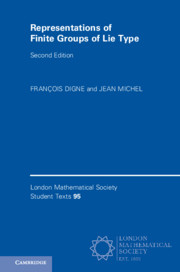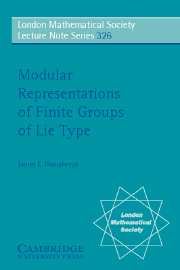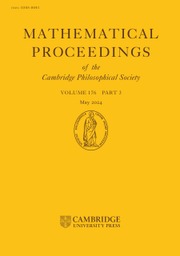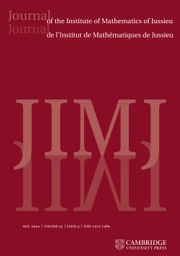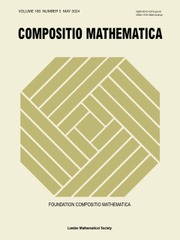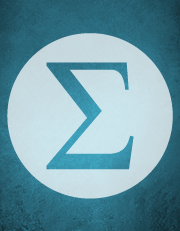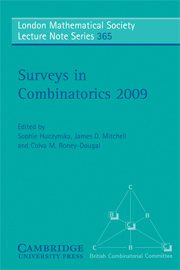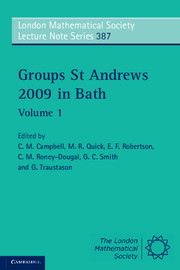The Maximal Subgroups of the Low-Dimensional Finite Classical Groups
£62.99
Part of London Mathematical Society Lecture Note Series
- Authors:
- John N. Bray, Queen Mary University of London
- Derek F. Holt, University of Warwick
- Colva M. Roney-Dougal, University of St Andrews, Scotland
- Date Published: July 2013
- availability: Available
- format: Paperback
- isbn: 9780521138604
£
62.99
Paperback
Other available formats:
eBook
Looking for an inspection copy?
This title is not currently available on inspection
-
This book classifies the maximal subgroups of the almost simple finite classical groups in dimension up to 12; it also describes the maximal subgroups of the almost simple finite exceptional groups with socle one of Sz(q), G2(q), 2G2(q) or 3D4(q). Theoretical and computational tools are used throughout, with downloadable Magma code provided. The exposition contains a wealth of information on the structure and action of the geometric subgroups of classical groups, but the reader will also encounter methods for analysing the structure and maximality of almost simple subgroups of almost simple groups. Additionally, this book contains detailed information on using Magma to calculate with representations over number fields and finite fields. Featured within are previously unseen results and over 80 tables describing the maximal subgroups, making this volume an essential reference for researchers. It also functions as a graduate-level textbook on finite simple groups, computational group theory and representation theory.
Read more- Results are listed in clear and concise tables, easy to use and cite
- Some results presented within are not previously known
- Brings together information on analysing representations of quasisimple groups into one comprehensive source
Reviews & endorsements
'The study of the maximal subgroups of the finite classical groups started long ago. Their understanding has been crucial in the work on the classification of finite simple groups. The methods [in this book] efficiently combine theoretical techniques together with computer algebra systems (GAP, Magma), with the computational files available [online] … The theoretical literature on the subject is highly exploited, especially Aschbacher's results which describe the maximal subgroups of most of the finite almost simple classical groups … The tables are packed with a great amount of information, and should satisfy the reader who is looking for some specific information about the structure of the maximal subgroups of a given classical group.' Nadia P. Mazza, Mathematical Reviews
Customer reviews
Not yet reviewed
Be the first to review
Review was not posted due to profanity
×Product details
- Date Published: July 2013
- format: Paperback
- isbn: 9780521138604
- length: 452 pages
- dimensions: 228 x 152 x 23 mm
- weight: 0.64kg
- contains: 100 tables 20 exercises
- availability: Available
Table of Contents
Preface
1. Introduction
2. The main theorem, and types of geometric subgroups
3. Geometric maximal subgroups
4. Groups in class S: cross characteristic
5. Groups in Class S: defining characteristic
6. Containments involving S-subgroups
7. Maximal subgroups of exceptional groups
8. Tables.-
General Resources
Find resources associated with this title
Type Name Unlocked * Format Size Showing of
This title is supported by one or more locked resources. Access to locked resources is granted exclusively by Cambridge University Press to lecturers whose faculty status has been verified. To gain access to locked resources, lecturers should sign in to or register for a Cambridge user account.
Please use locked resources responsibly and exercise your professional discretion when choosing how you share these materials with your students. Other lecturers may wish to use locked resources for assessment purposes and their usefulness is undermined when the source files (for example, solution manuals or test banks) are shared online or via social networks.
Supplementary resources are subject to copyright. Lecturers are permitted to view, print or download these resources for use in their teaching, but may not change them or use them for commercial gain.
If you are having problems accessing these resources please contact [email protected].
Sorry, this resource is locked
Please register or sign in to request access. If you are having problems accessing these resources please email [email protected]
Register Sign in» Proceed
You are now leaving the Cambridge University Press website. Your eBook purchase and download will be completed by our partner www.ebooks.com. Please see the permission section of the www.ebooks.com catalogue page for details of the print & copy limits on our eBooks.
Continue ×Are you sure you want to delete your account?
This cannot be undone.
Thank you for your feedback which will help us improve our service.
If you requested a response, we will make sure to get back to you shortly.
×

